| The Annual International Berkeley Undergraduate Prize for Architectural Design Excellence 2019 | ||
|
2019

Architecture and Climate Resilience
|
Click on photograph for details.
|
|
Quick Links |
About the PrizeThe BERKELEY PRIZE Competition was established in 1998, made possible by a generous gift of JUDITH LEE STRONACH to the Department of Architecture in the College of Environmental Design at the University of California, Berkeley, U.S.A. |
New here?The BERKELEY PRIZE strives to show architects-in-training that the smallest act of building has global implications: that design can and does play a major role in the social, cultural, and psychological life of both the individual and society at large. |

|
2019 Essay Prize Competition
Each year, the PRIZE Committee selects a topic critical to the discussion of the social art of architecture and poses a Question based on that topic. Full-time undergraduate students enrolled in any architecture degree program or majoring in architecture throughout the world (or teams of two students, one of whom may be from another discipline) are invited to submit a 500-word Essay proposal responding to the Question. 2019 Essay Prize Jury and Committee
Jury:
Committee:
Also, see the profiles of the 65 committee members from around the world who select the semi-finalists and finalists, and who present the top essays to the jury.
2019 Travel Fellowship Competition
Students: If you become a semifinalist in the Essay competition, you have the opportunity through the TRAVEL FELLOWSHIP to propose visiting a foreign locale for a hands-on research experience tied to the subject of your Essay. |
|
2018 Essay Prize Competition Winning Essays
Wandisile Kona: "A Cathartic Architectural Language in a Democratic South Africa."
...The buildings under consideration for this year's [2018] Question, The Women's Jail by Kate Otten Architects and the Hector Pieterson Museum by Mashabane Rose Architects are buildings that have exemplified architectural resilience in South Africa over the past decade, particularly in celebrating the fight against oppression in the post-apartheid South Africa. The buildings come into existence during a paradigm shift in the South African landscape; after the fall of the apartheid regime. So the emergence of the buildings in the new South Africa primarily deals with the redressing of their brutal political and architectural history. The social art of architecture, in this case, is the alteration of spatial meaning respectively. However in architecture, the meaning of space is never defined... |
2018 Travel Fellowship Competition Winners
Sneha Varghese: SPAIN AND LESOTHO, SUMMER 2018
...On 19th July, I left from Barcelona (the first leg of my Travel Fellowship) and began my 19-hour journey to Lesotho to participate in the Rise International in-loco built workshop. The in-loco program is a "learning-by-doing" experience meant for local and international architecture and construction graduates to improve their skills by aiding in the construction of an extension for the God's Love Orphanage in Maseru. To the uninitiated, the African continent represents a bleak picture: provincial people, dry landscapes, arcane beliefs, poverty and disease. A place that's needs fixing. Most people feel impelled by altruistic responsibility towards it; a responsibility that sometimes arises from an intrinsic presumption of their superior human condition... |
Calendar
|
The Social Art of Architecture in PrintJohn Cary, a long-serving BERKELEY PRIZE Committee Member, is a connector, writer, speaker, and curator focused on social change, with an emphasis on design and philanthropy. His new book, Design for Good: A New Era of Architecture for Everyone, is dedicated to two social activists: Courtney E. Martin and Raymond Lifchez, Founder and Chair of the BERKELEY PRIZE, "who has dedicated his life to the social art of architecture." See John's TED talk, "How architecture can create dignity for all"
|
Berkeley Prize News
|
|||||||||||||||









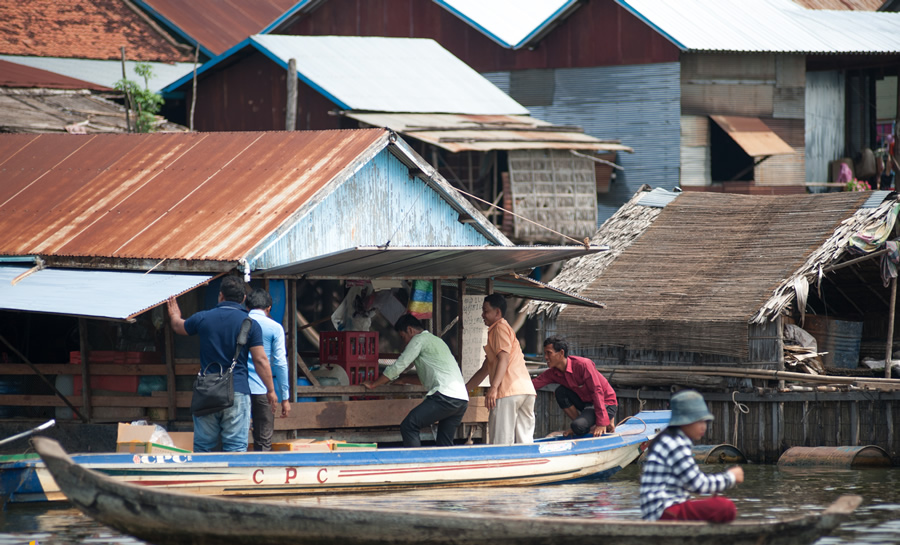

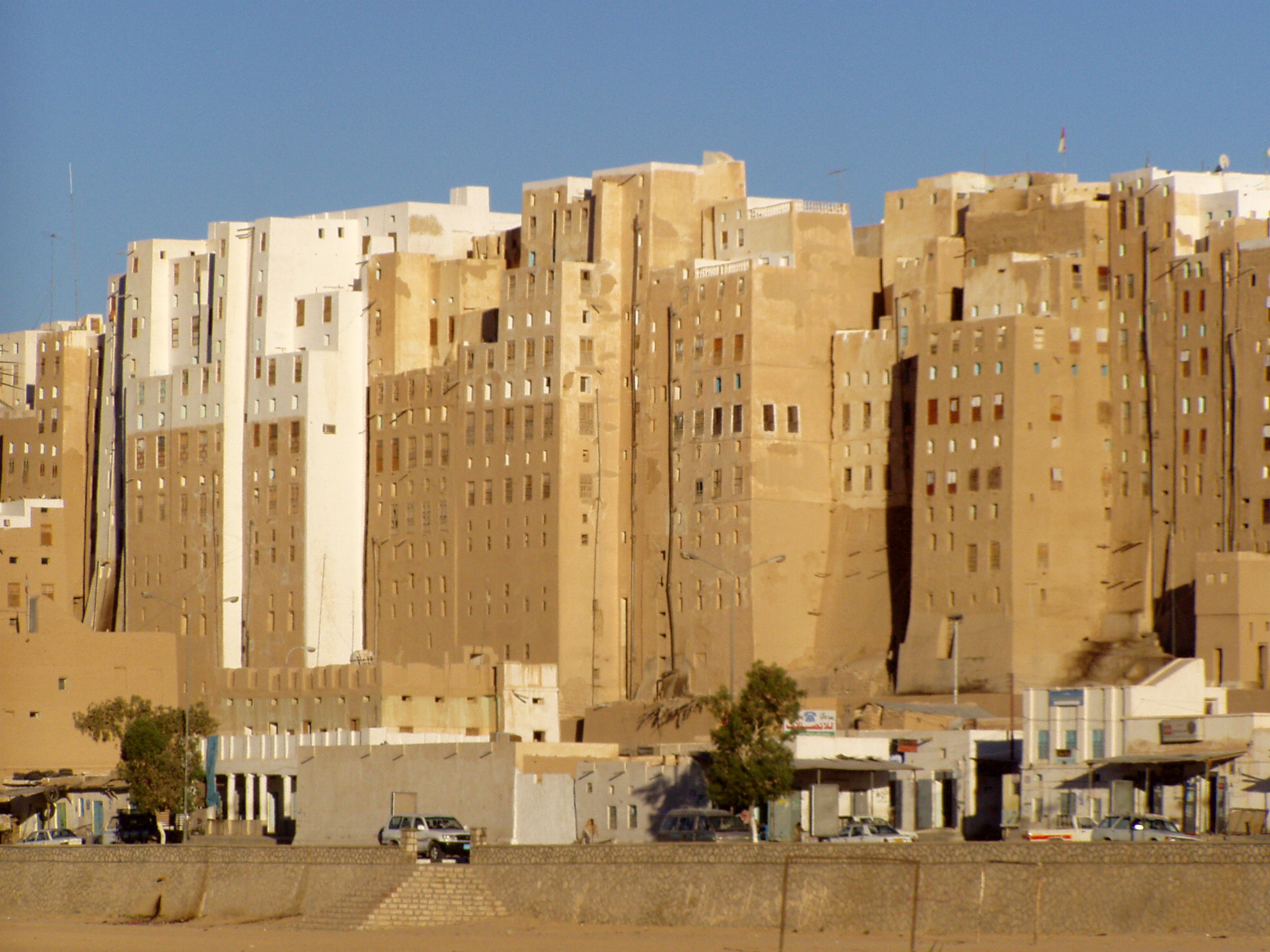





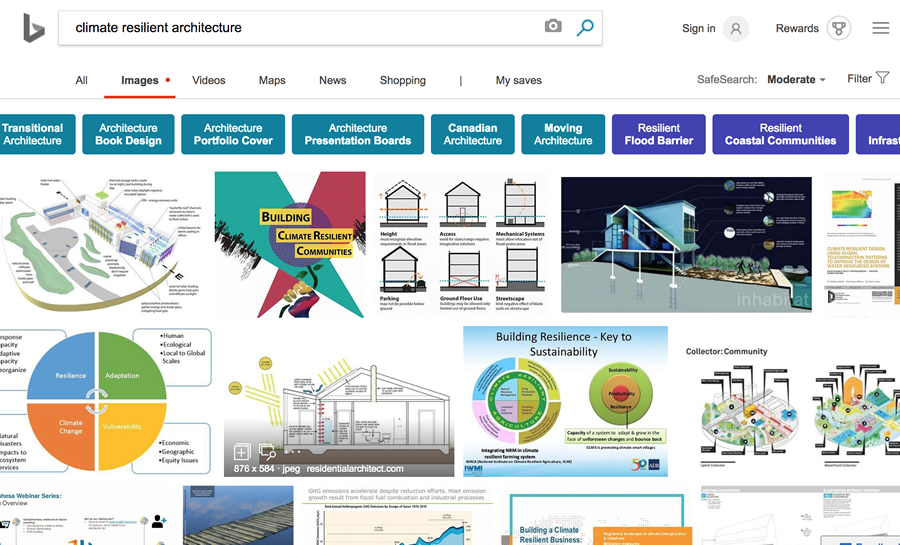


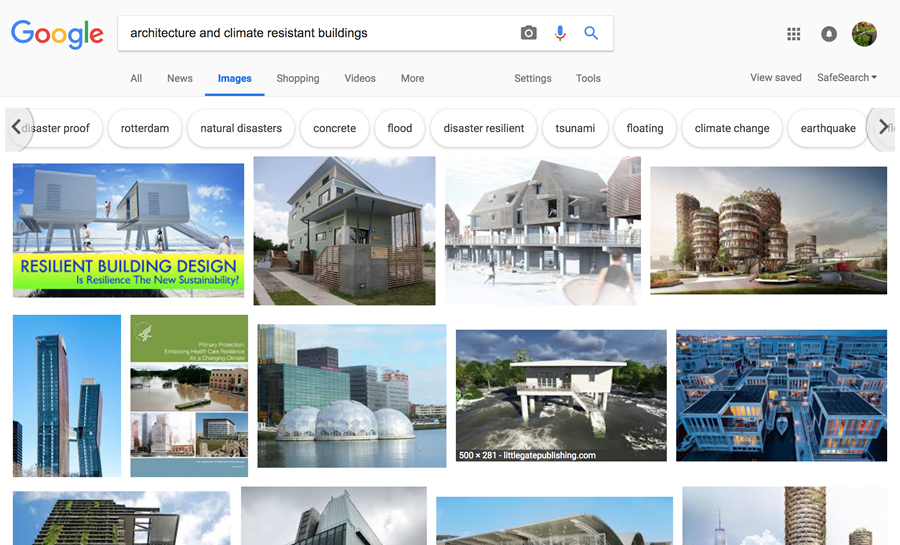
1.jpg)
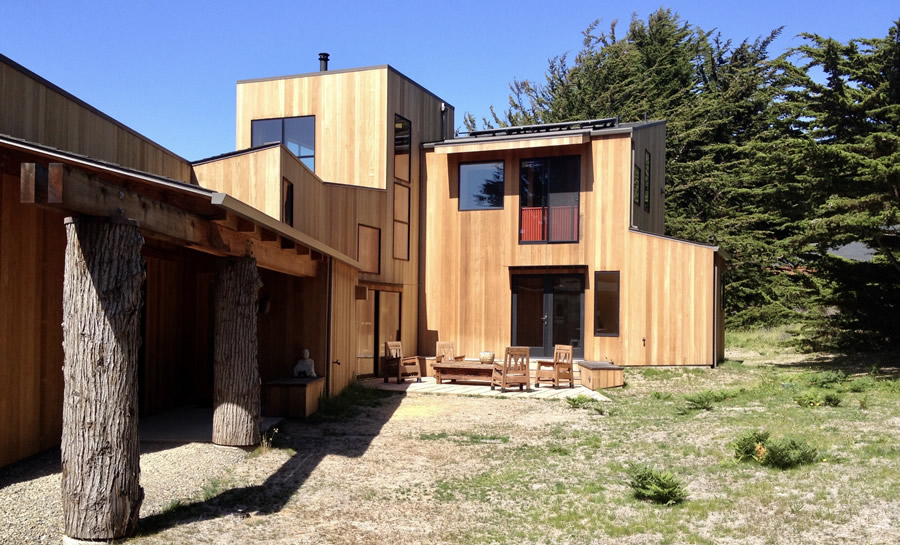
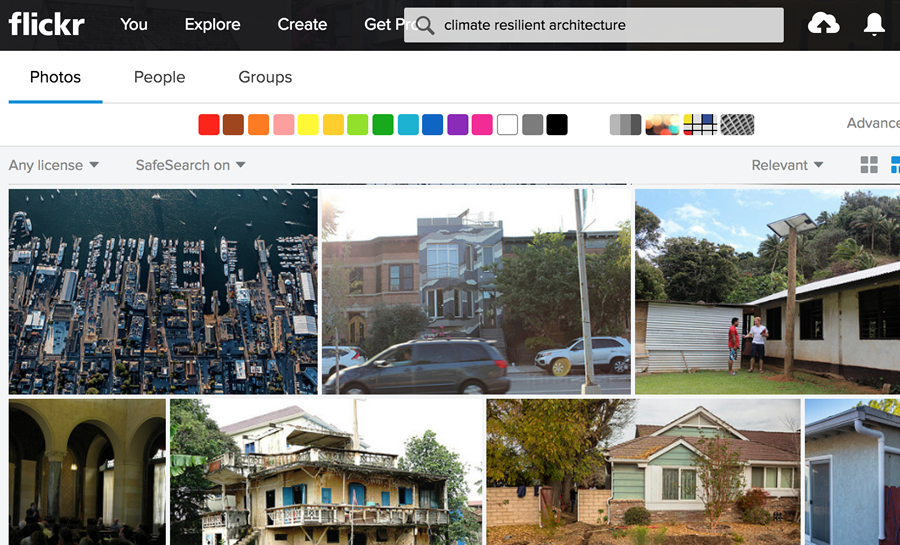




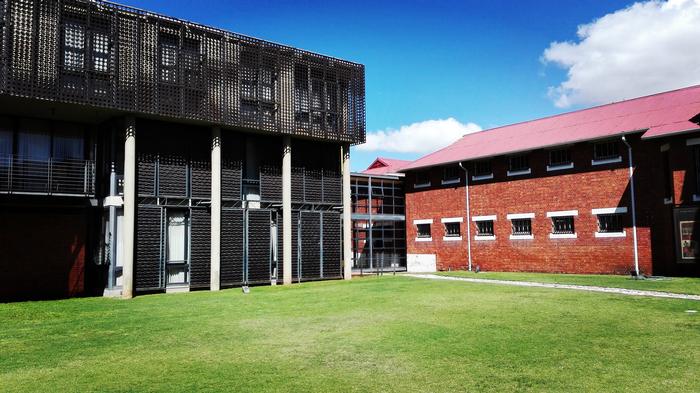
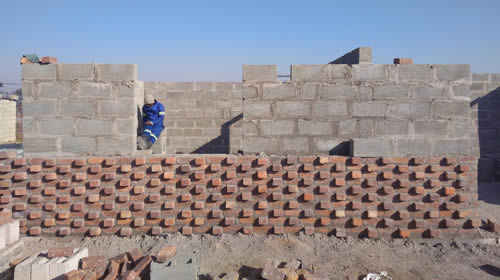
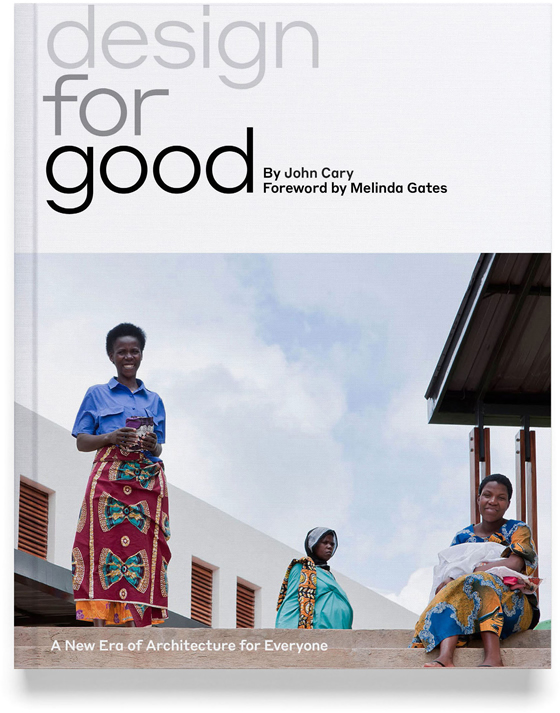
 Ushna is a practicing Architect/ Designer based in Karachi, Pakistan and currently working for ‘arcop’ one of the most renowned firms in the country. During the course of her stint with ‘arcop’, Ushna has worked as Project Architect on several complex projects undertaken by AKDN (Aga Khan Development Network) and AKESP (Aga Khan Education Service, Pakistan) in the Northern Areas which is a diverse terrain from cultural, social and geographical aspects. The projects comprise four Schools and an IT Park. She has assisted and been part of the team on the projects including a five star hotel (Serena) in Gilgit & Hunza, Office buildings (HBL Plaza, HBL Clifton, HBL Swing space), Emaar Mosque, Emaar village Islamabad, TCF vocational center, The Indus Hospital, Surjani Town Karachi, Panu Orchards Mansehra, Aga Khan Center etc.
Ushna is a practicing Architect/ Designer based in Karachi, Pakistan and currently working for ‘arcop’ one of the most renowned firms in the country. During the course of her stint with ‘arcop’, Ushna has worked as Project Architect on several complex projects undertaken by AKDN (Aga Khan Development Network) and AKESP (Aga Khan Education Service, Pakistan) in the Northern Areas which is a diverse terrain from cultural, social and geographical aspects. The projects comprise four Schools and an IT Park. She has assisted and been part of the team on the projects including a five star hotel (Serena) in Gilgit & Hunza, Office buildings (HBL Plaza, HBL Clifton, HBL Swing space), Emaar Mosque, Emaar village Islamabad, TCF vocational center, The Indus Hospital, Surjani Town Karachi, Panu Orchards Mansehra, Aga Khan Center etc.